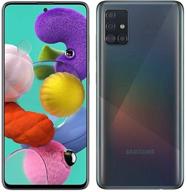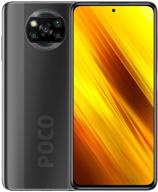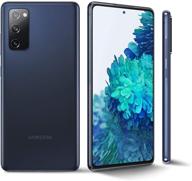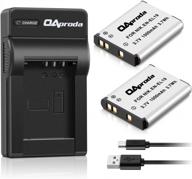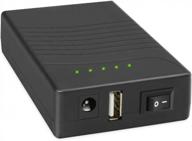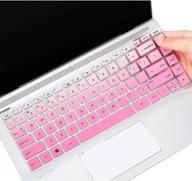Interface similar to lightning Beautiful screen. Stylus. Battery. Anyway, everything else that has already been written by everyone else. I decided to take the device with me because of its screen, camera, and overall power. I like to keep busy, and in my spare time I like to take images and films. I can quickly and easily edit all of this in a video or photo editor, make a video out of it, and even share it on social media platforms like Instagram and Facebook. Because there is sufficient iron, all of this editing and conversion can be accomplished at the speed of light. The addition of a huge screen and a stylus does nothing but enhance comfort and convenience.
The ability to recognize a person's eyes and face confers authority. Although it is not quite as dependable or secure as Apple's, Samsung's version works without a hitch and is noticeably more reliable than Apple's offering. During the identification process, an infrared diode that provides face illumination lights up. This allows the system to function flawlessly in the dark and in any position on the user's face. I didn't even bother to activate the fingerprint scanner; by this point, it was completely superfluous (in the additional settings, you can hang additional functions on it to do something with a certain movement of your finger over it).
By the conclusion of the day of my usage format, the Galaxy S7, which was two years old at the time, was running out of power. Note 9 in its current mode has remained somewhere between 40 and 50% during this entire process. But, it is obvious that the battery is deteriorating over time, and one cannot predict what will occur to it within the next year or two.
Because I'm not an artist, the only reason I use a stylus is to navigate the screen and occasionally write on it. I discovered a handy function for drawing or writing notes straight on the screen of the Always on display by just taking out the pen when the phone is off, writing a note on the black screen, and saving it. After then, you will be able to deal with it at a later time. There is usually some form of notebook available. On the other hand, the software that comes preinstalled on smartphones comes with a few tools that are designed expressly for sketching (source, thickness, etc. there), as well as an entire community where all of this information may be shared.







